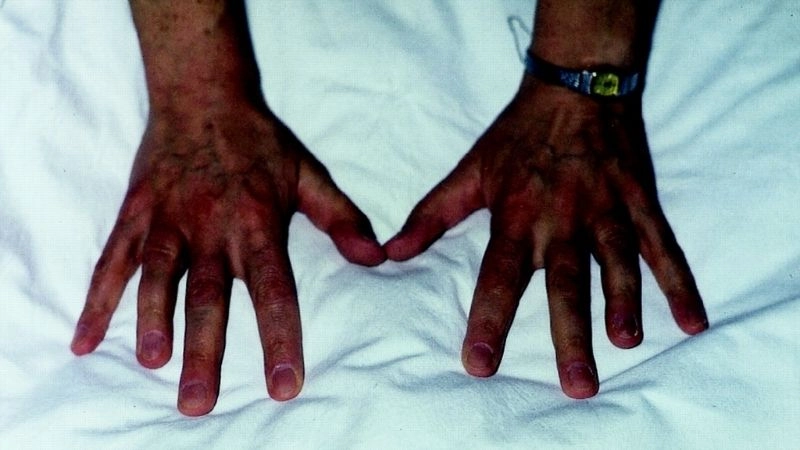Holt-Oram Syndrome is a rare inherited condition marked by heart and limb abnormalities. Understanding causes, symptoms, and care is vital for patients.
What are the main causes of Holt-Oram Syndrome?
- Holt-Oram Syndrome is primarily caused by mutations in the TBX5 gene, which affects the development of bones in the arms and hands.
- Inherited in an autosomal dominant pattern, meaning a single copy of the altered gene from one parent can cause the disorder.
- Sporadic mutations can also occur without family history, leading to unexpected cases in children born to healthy parents.

Holt-Oram syndrome symptoms identification
>>> See more: Ehlers-Danlos Syndrome (Vascular Type) key symptoms
Key symptoms of Holt-Oram Syndrome to watch for
- Malformations of the upper limbs, including absent or underdeveloped thumbs, forearms, or wrist bones, are common physical signs.
- Heart defects such as atrial septal defects or ventricular septal defects may appear, causing irregular heart rhythms or breathing difficulties.
- Subtle signs like short stature, abnormal finger length, or limited arm movement can indicate the syndrome in less severe cases.
How can you prevent Holt-Oram Syndrome effectively?
- Genetic counseling is recommended for prospective parents with a family history of Holt-Oram Syndrome to understand inheritance risks.
- Prenatal genetic testing can identify mutations early, allowing families to prepare for potential medical interventions after birth.
- Maintaining regular medical check-ups during pregnancy can help detect cardiac anomalies or limb malformations before birth.

Holt-Oram syndrome diagnosis and evaluation
>>> See more: Turner syndrome (associated heart defects) latest research
Images visual examples of Holt-Oram Syndrome
Visual examples show children and adults with upper limb differences like missing thumbs, underdeveloped forearms, and associated heart defects, helping identify typical manifestations of Holt-Oram Syndrome for educational purposes.







>>> See more: Understanding symptoms and causes of Noonan Syndrome
Holt-Oram Syndrome affects both the heart and limbs, requiring proper diagnosis and treatment. Awareness and medical care improve patient outcomes.




